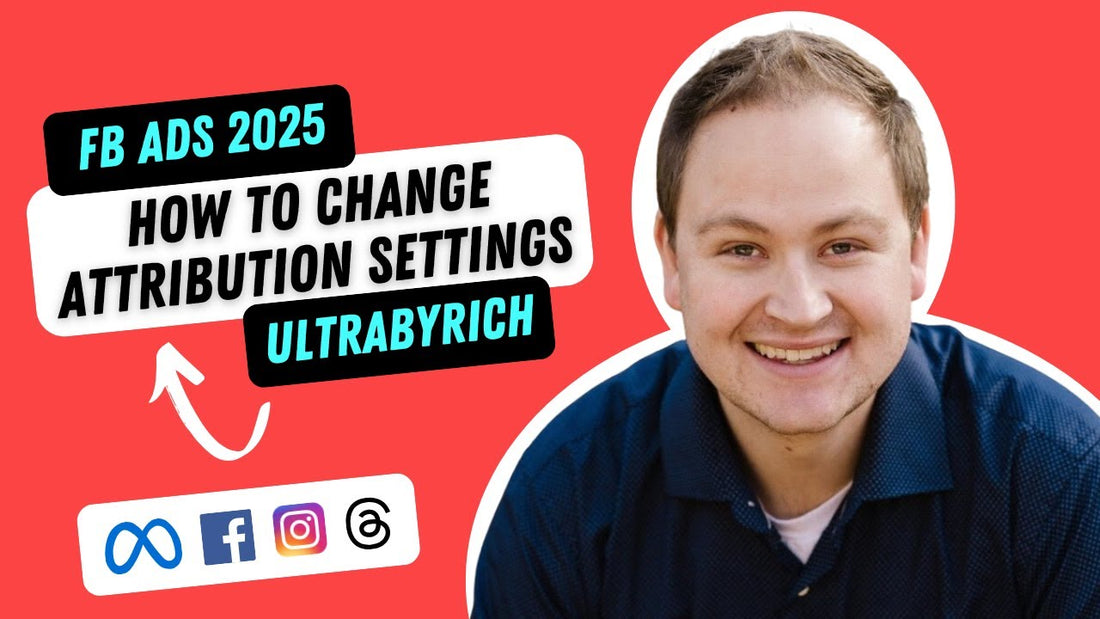
How To Change Attribution Settings For Your Facebook Ads
In the fast-paced world of digital advertising, understanding how your ads perform is essential to achieving success. Your ability to measure and analyze conversions directly impacts your marketing strategy and budget allocation. Facebook's Meta Ads Manager offers two primary methods for tracking ad performance: standard attribution and incremental attribution. Knowing how to switch between these models and optimize their settings can dramatically improve your campaign results, helping you target your audience more effectively and reduce unnecessary ad spend.
Standard attribution is a familiar method that assigns credit for conversions based on specific time windows and engagement types. This approach allows advertisers to choose from options such as click-through conversions within one or seven days after a user clicks on an ad. View-through conversions are tracked within one day after a user views an impression, while engaged-view conversions are credited when a user watches a video for more than five seconds. By customizing these windows, marketers can better understand which actions lead to conversions and optimize their campaigns accordingly. The main benefit of standard attribution is its simplicity and familiarity, making it easier to interpret data and make informed decisions about ad placements, audience targeting, and budget allocation.
Incremental attribution takes a different approach by focusing on the actual influence your ads have on conversions. Instead of simply assigning credit based on predefined windows, this model predicts which results would not have happened without your advertising efforts. It leverages advanced algorithms to estimate the incremental lift your campaigns generate. The advantage of this method is that it provides a clearer picture of your ads’ true impact, allowing you to allocate your marketing resources more efficiently. By understanding which conversions are genuinely driven by your ads, you can refine your targeting strategies, optimize your budget, and ultimately increase your return on investment.
Adjusting your attribution settings is not just about tracking performance but about aligning your measurement approach with your business goals and sales cycle. For example, if your products or services typically require longer consideration periods, setting appropriate attribution windows ensures you capture the full customer journey. Conversely, if immediate responses are critical, shorter windows may be more effective. It is also vital to consider recent iOS restrictions that limit tracking capabilities for users on iOS 14 and later devices. These limitations restrict certain attribution windows and reporting options, making it even more important to choose the right model for your business. Meta's SKAdNetwork offers a solution for app campaigns but requires careful configuration to maximize data accuracy.
Ultimately, the choice of attribution model influences how Meta optimizes your campaigns and delivers ads to the right audience. Proper setup can lead to better performance, lower costs, and more meaningful insights. Whether you prefer the straightforward nature of standard attribution or the predictive power of incremental attribution, understanding the nuances of each method empowers you to make smarter marketing decisions. Regularly reviewing and adjusting your attribution settings ensures your campaigns remain aligned with your evolving business objectives and the changing landscape of user privacy restrictions. By mastering this aspect of your Facebook advertising strategy, you position your business for sustained growth and success in a competitive marketplace.
